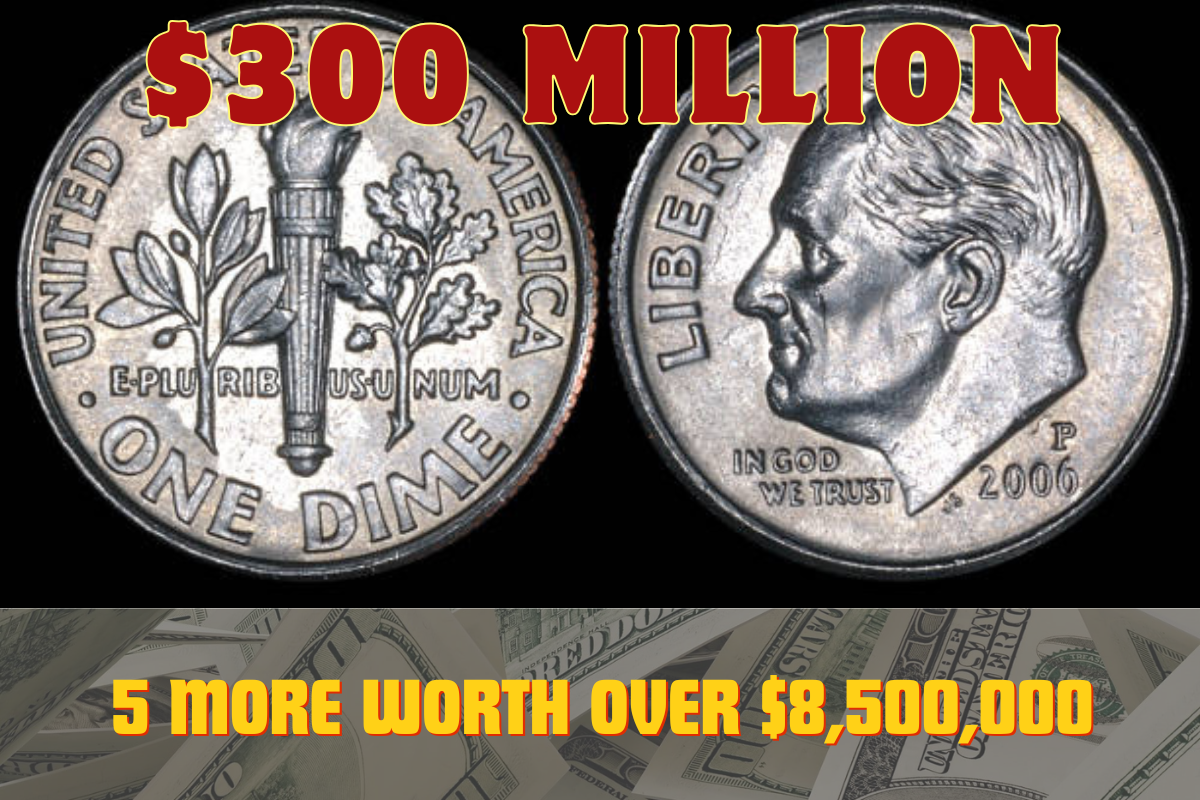Have you ever stumbled upon something seemingly ordinary, only to discover it holds an extraordinary value? That’s the thrill that many coin collectors experience, especially when talking about the legendary Bicentennial quarters. You may have noticed the 1976 Bicentennial Quarter circulating around, but did you know some of these coins are worth nearly $300 million? Let’s explore this fascinating world where rare coins can fetch astronomical prices and uncover the stories behind them.
What Makes the Bicentennial Quarter So Special?
The Bicentennial Quarter was minted in 1975 and 1976 to commemorate the United States’ 200th birthday. Designed by the talented John Mercanti, it features a unique depiction of a drummer boy on the reverse side and an eagle on a banner above. But wait, how does a coin that was once just part of everyday change become a collector’s gem?
Limited Minting and Its Impact
A fascinating aspect of the Bicentennial Quarter is its limited minting. Only a specific number were produced for circulation. This limited supply, combined with high demand among collectors, creates a prime environment for ascending value. Think of it like a rare baseball card—there are only so many, and the fewer there are, the more precious they become! But it’s not just rarity that drives the price sky-high; it’s the condition and unique characteristics of the coin.
Mint Errors: The Hidden Gems
Coin enthusiasts often seek out mint errors, and the Bicentennial Quarter is no exception. Some of these coins have flaws like double strikes or unusual die errors. A quarter with a notable mint error could be worth thousands, if not millions! Imagine finding a coin that should only be worth 25 cents but, in reality, could buy you a new car.
Identifying the Rare Bicentennial Quarters
Now, not every Bicentennial Quarter is going to make you a millionaire. So, how do you identify the gems hidden among the mass-produced coins?
Look for Specific Mint Marks
Examine the mint mark. Quarters minted in Philadelphia lack a mint mark, while those from Denver are marked with a “D.” The San Francisco quarters have an “S” mint mark and are often more valuable. Collectors often seek out the high-quality proofs from San Francisco, which can easily escalate in value.
Condition is Key
The condition of your quarters matters immensely. Coins graded as “Mint State” can command much higher prices than those showing signs of wear. Think of condition as the ‘store-bought’ vs. ‘homemade’ debate—one is often considered more desirable!
Where to Sell Rare Bicentennial Quarters
If you believe you’ve struck gold with a rare Bicentennial quarter, it’s time to know your options for selling.
Online Auctions and Marketplaces
Websites like eBay have become popular venues for selling rare coins. You can reach buyers from all over the world. Just make sure to provide clear photographs and accurate descriptions—transparency is key!
Coin Shows and Dealers
Attending coin shows can also be beneficial. You’ll meet fellow collectors and dealers who can give you fair evaluations for your coins. It’s a great way to network and get your hands on some rare finds, too!
Conclusion
So, the next time you’re fumbling through your pocket change or rummaging through old coins in a dusty box, keep your eyes peeled for that elusive Bicentennial Quarter—it could be worth a fortune! From limited minting to unique errors, there’s so much to explore in the fascinating realm of coin collecting. Who knew a simple quarter could unlock such potential?
FAQs
1. How much is a typical Bicentennial Quarter worth?
Typically, a regular Bicentennial Quarter is worth its face value of 25 cents. However, rare or mint error coins can fetch thousands of dollars.
2. What are the most valuable mint errors for Bicentennial Quarters?
Some valuable mint errors include double strikes, off-center strikes, and die errors. These can significantly increase the coin’s value.
3. How can I get my coin graded?
You can send your coin to a grading service like the Professional Coin Grading Service (PCGS) or Numismatic Guaranty Corporation (NGC) to get it evaluated and graded.
4. Should I clean my coins?
No, cleaning coins can damage their surface and significantly reduce their value. It’s best to keep them as they are.
5. Are there any differences between the 1975 and 1976 Bicentennial Quarters?
No, both the 1975 and 1976 Bicentennial Quarters have the same design, but they may differ in mint marks, which can affect their value.

